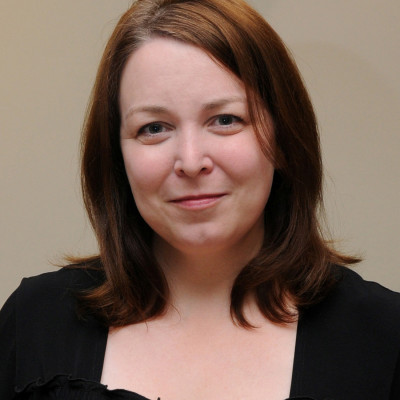Paper presentation
Tech Considerations for Setting up a Successful International COIL Project
Over the past two years, online/hybrid learning has become the new reality for most teachers and students. In the beginning of the pandemic, it was mostly organized chaos as students, teachers, and administrators dealt with the realities of emergency remote teaching, but since then most people have become familiar with the intricacies of various apps and online programs, from Flipgrid to Zoom. Nonetheless, many students have had to deal with the disappointment of not being able to go on study abroad experiences due to numerous restrictions. However, an alternative option to travelling internationally is by having COIL – Collaborative Online International Learning – experiences. COIL projects can involve two or more universities based in different countries and use various online programs to allow students to interact with each other. Traditionally, exchanges like these were often tandem learning projects, where language learners would interact with each other in one or two languages. However, there have been many successful COIL projects where two very diverse groups of students with differing language abilities can interact and complete projects together.
The two presenters will share what they have learned from navigating the process of creating a COIL project together from design to post-project reflection. This presentation will focus on the realities of choosing and using various tech applications to organize a collaborative learning experience based on two projects that ran in 2021 between classes of approximately 25-35 Japanese EFL learners and approximately 20-25 Canadian social services students who were tasked to engage in primary research about various social and intercultural issues. From practical issues like file management and sharing to displaying student work easily and accessibly to answering the question, “to Zoom or not to Zoom”, the researchers will cover the applications that worked best not only for the unique considerations of different language levels, time zones, and educational and cultural backgrounds, but also in dealing with institutional limitations with various platforms.
-

Rachelle Meilleur is an associate professor at Kyoto University of Foreign Studies. Her primary research and teaching interests include self-directed learning, ICT/CALL, and virtual exchange, as well as intercultural, gender, and media issues.
-

Janice Sestan teaches Global Citizenship and Communications in the Faculty of Language, Literature and Performing Arts at Douglas College in Canada. She also served as Visiting Student Programs Coordinator at Douglas College for five years. She has taught in public and private institutions in Canada and Latin America over the last 20 years. Her interests in higher education centre around furthering students' global, intercultural and linguistic competencies through innovative learning experiences.